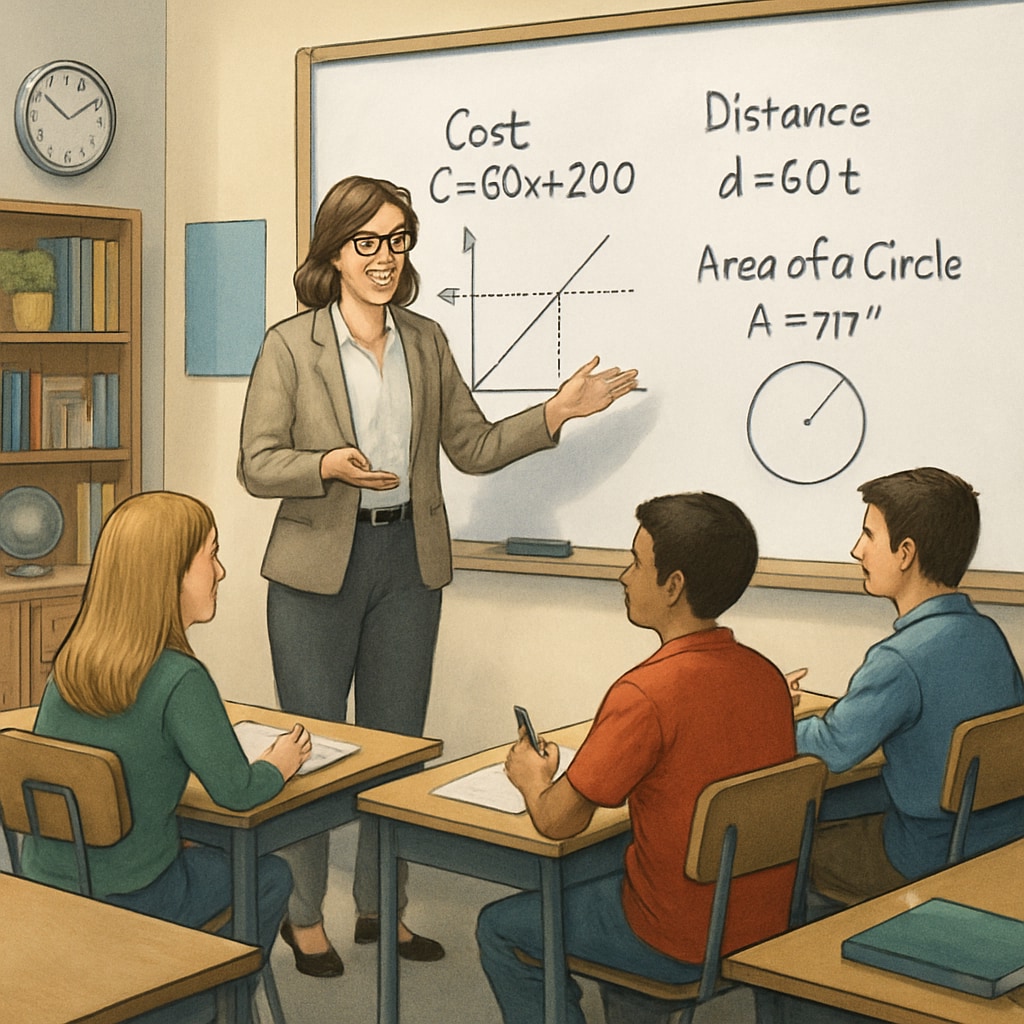When students ask, “Why do we need to learn mathematics?” it presents an opportunity for educators to explore the deeper purpose of education. While traditional answers often rely on practical applications, such as career preparation or daily calculations, these responses typically fail to ignite genuine interest. To foster meaningful engagement, educators must redefine the narrative and demonstrate how mathematics education, learning motivation, and teaching strategies intertwine to shape critical thinking, problem-solving abilities, and a broader understanding of the world.
Understanding the Root of Student Doubts
Students questioning mathematics often reveal underlying psychological needs—they seek relevance, purpose, and connection. Their doubts stem from a perceived disconnect between the abstract theories taught in class and their real-world experiences. As a result, they may feel math is irrelevant to their personal goals or future aspirations. Addressing this disconnect requires educators to align mathematical concepts with students’ interests and daily lives.

Reframing Mathematics as a Tool for Lifelong Skills
Instead of focusing solely on practical applications, educators should emphasize how mathematics develops essential skills. For example:
- Critical Thinking: Solving mathematical problems requires logical reasoning and step-by-step analysis, skills applicable in decision-making and problem-solving across various fields.
- Creativity: Mathematics is not just about formulas; it encourages innovative thinking to approach complex challenges.
- Resilience: Tackling difficult concepts can teach perseverance, a trait valuable in both personal and professional settings.
By highlighting these transferable skills, educators can reshape students’ perceptions of mathematics as a foundation for success beyond academics.

Engaging Students Through Real-Life Examples
One of the most effective ways to bridge the gap between abstract math and tangible experiences is by integrating real-life examples into lessons. For instance:
- Sports Statistics: Show how mathematics is used to analyze player performance and game strategies.
- Financial Literacy: Teach concepts like budgeting, interest rates, and investment calculations to make math immediately applicable.
- Architecture and Design: Highlight the role of geometry and spatial reasoning in designing structures.
These examples not only make lessons more engaging but also help students see the relevance of math in their everyday lives.
Fostering Intrinsic Motivation in Mathematics
Creating a classroom environment that inspires intrinsic motivation involves more than just teaching techniques; it requires cultivating curiosity and a sense of accomplishment. Here are some strategies:
- Inquiry-Based Learning: Encourage students to explore mathematical concepts through questions and experiments, making them active participants in the learning process.
- Gamification: Use games and challenges to make learning math enjoyable and rewarding.
- Personalized Goals: Help students set individual learning objectives, allowing them to measure their progress and celebrate achievements.
By focusing on intrinsic motivation, educators can transform math from a subject of obligation to one of exploration and discovery.
Conclusion: The Broader Impact of Mathematics Education
Beyond its practical applications, mathematics is a powerful tool for personal growth and intellectual development. By addressing student doubts with thoughtful teaching strategies, educators can shift the focus from “Why do we need this?” to “What can this teach us about life?” The key lies in fostering curiosity, connecting concepts to real-world experiences, and emphasizing the lifelong skills mathematics offers. As a result, classrooms can become environments where students not only learn but truly appreciate the value of mathematics.
Readability guidance: Use short paragraphs and lists to clarify points. Incorporate examples and transitions like “however,” “in addition,” and “for example” to maintain flow. Ensure visual aids enhance comprehension.


